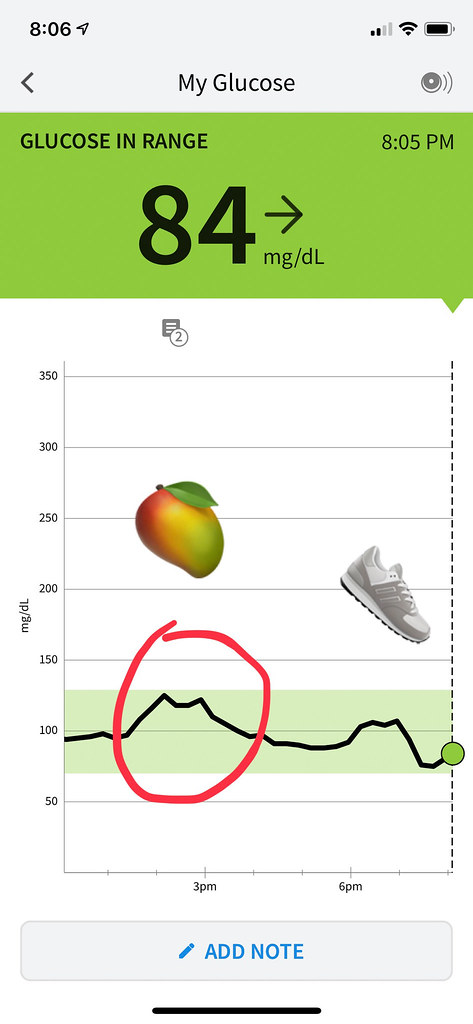


These wonderful morsels of real food were handcrafted in the Thrive Kitchen at Kaiser Permanente Mission Bay in San Francisco (itself a LEED Platinum building) under the guidance of Chef Linda Shiue, MD (@SpiceBoxTravels).
Linda brought us her culinary skills, her medical acumen, and her creativity and enjoyment of the beauty of food as we made these, in lower carbohydrate and higher carbohydrate (with rice paper and whole grain rice) versions.
The photo and experience help explode some myths about what a low-carbohydrate healthy-fat (LCHF) diet is and is not:
- Myth: LCHF is a high Protein diet (“Atkins”)
- Fact: LCHF is a low carbohydrate diet. It is typically moderate protein. If you reduce one macronutrient (carbohydrate) you have to replace it with something (people need to eat something), and the replacement is fat, not protein.
- Myth: LCHF is a meat-based diet
- Fact: LCHF comes in variants including plant-based, plant-free, and meat/animal protein free. Any approach is easier when there are less exclusions, so a vegan LCHF diet will be harder to source, but not impossible. There is no health advantage to removing all meat from the diet according to the latest science (I am an omnivore myself)
- Myth: LCHF is dependent on processed foods/supplements
- Fact: Absolutely not 🙂 . It’s the opposite. Processed foods, currently making up a significant percentage of the calories ingested by Americans and Canadians pose serious risks to metabolic health. Real food is better.
- Myth: Everyone should be on a low-carbohydrate or ketogenic (defined as less than 20 grams of carbohydrate a day) diet for health.
- Fact: These diets may be necessary for people who are unable to metabolize carbohydrate (currently about 55% of the California population) to allow their insulin to become more effective and preserve pancreatic function. There is currently no pharmacologic treatment for non-alcoholic fatty liver disease or pre-diabetes (both are related to insulin resistance) – only food.
I did monitor my blood glucose following lunch. There was a signficiant, but not pre-diabetic level rise, probably due to some of the vegetables and the mango in particular. The wonderful thing about this technology is these recipes can be modified and their impact on metabolism can be measured instantly. This is how we prevent and reverse diabetes.

